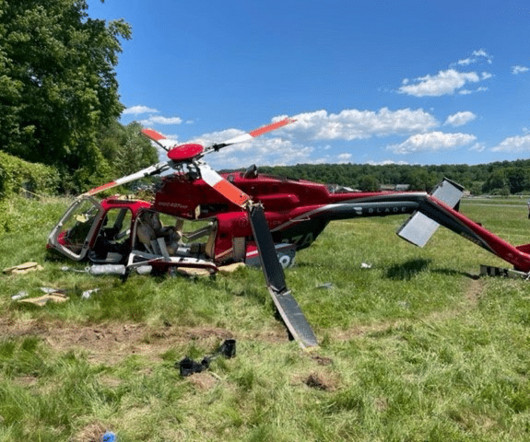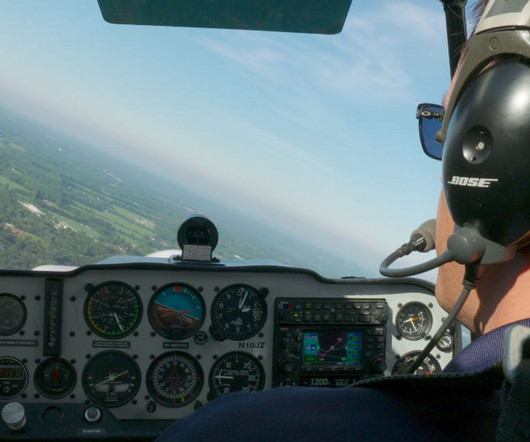Go-Around Required
Plane and Pilot
JUNE 23, 2025
After a shallow turn from downwind, the Bonanza was positioned on base at a proper altitude and airspeed and with a constant descent rate. While it wasn’t a particularly hot day, Big Bear’s density altitude was reported as 8,200 feet, resulting in a higher true airspeed compared to indicated airspeed.











Let's personalize your content